Shopping for magazines in 7-11 at 4 a.m.
On August 23 at 4 a.m., Andrew McDaniel and I walked into a 7-11 in Fukuoka to get the latest issue of Weekly Golf Digest.

Golf magazines in Japan are pretty amazing to begin with. What was in that new issue was of particular interest to Andrew and I. And it’s even related to turfgrass, which I’ll get to at the end.
There are all kinds of golf magazines, published at all kinds of intervals. Weekly Golf Digest, as far as I know, has the largest circulation.
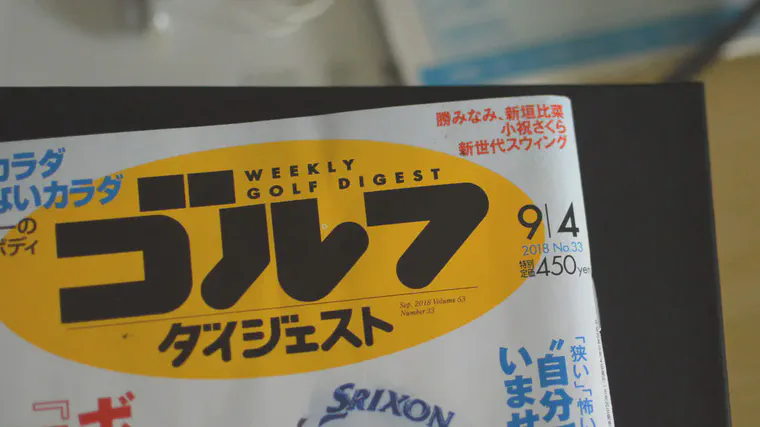
And these are substantial magazines with a lot of reading material. The September 4 issue that we were in search of has 200 pages. The previous week’s issue was a special edition, running to 234 pages! One can read about fashion, equipment, travel, etiquette, swing advice, stories, manga, some beautiful shoes on page 191, and a lot of things that I don’t fully understand. But it’s all related to golf, and these magazines are cumulatively publishing thousands of pages about golf every month.
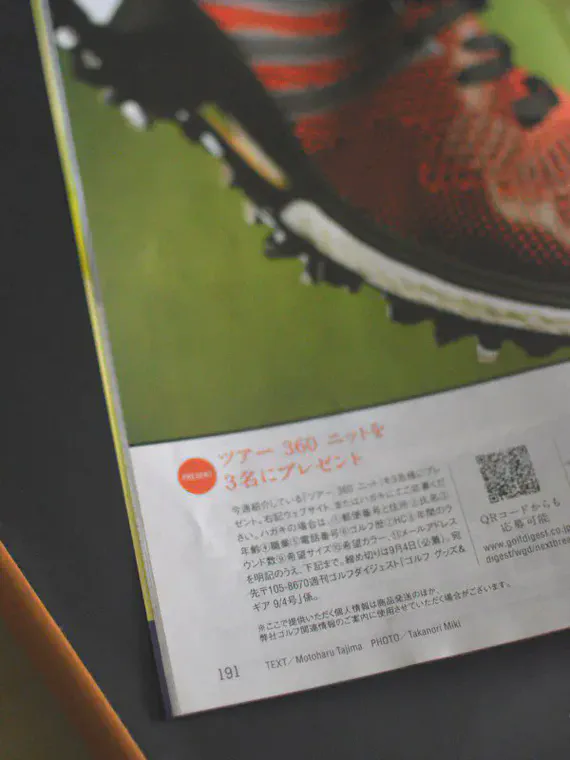
The 200 page issue of Weekly Golf Digest that Andrew and I picked up is a nice size. Not as big as Turfgrass Management; about as thick as The Superintendent’s Guide to Controlling Putting Green Speed; way bigger than Animal Farm and my phone.
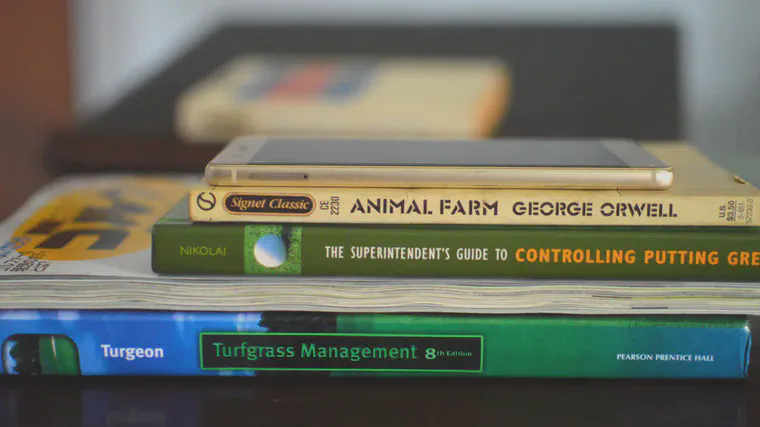
The new issues of Weekly Golf Digest are placed on the newsstands early each Thursday morning, and we were especially excited to see this one because it has a 4 page profile of Andrew and his work at Keya GC. The article was timed to come out the same week that Keya was hosting the KBC Augusta tournament on the Japan men’s tour.
That timing was convenient for us too. We were already on the way to work at 4 in the morning, so we could buy these new magazines before the other golf fans got them.

The article was about Andrew and his educational and employment background, the korai grass at Keya GC, and the maintenance work and crew that Andrew leads there. There was also a discussion of some work I’ve been doing to measure turf and playing conditions, especially during the KBC Augusta tournament, which is hosted by Keya GC during the last week of August each year.
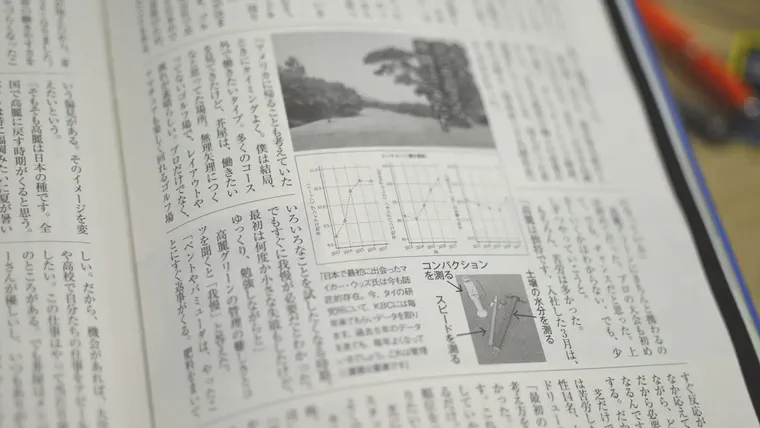
The chart published by Weekly Golf Digest shows the green speed, the surface hardness of the greens, and the soil volumetric water content during the 2013 to 2017 tournaments.
When Andrew started working at Keya GC in 2013, we thought it would be interesting to measure the conditions on the greens during the tournament. Keya GC has korai (Zoysia matrella) tees and fairways, with noshiba (Zoysia japonica) rough.
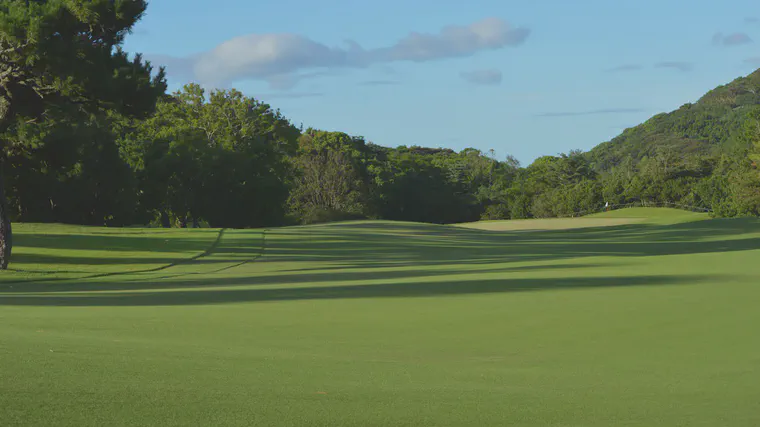
Those grasses are really typical for Japan and for tournament golf in Japan. But what is distinctive about Keya GC and the KBC Augusta tournament is the korai on greens as well; there are hundreds of courses in Japan with korai greens, but for tournament golf on the men’s tour, Keya GC is the only course with korai greens.
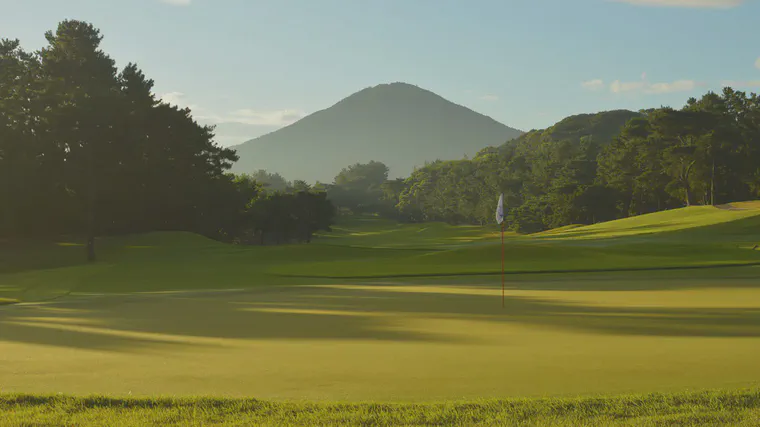
We didn’t realize how useful the data on surface performance and grass conditions would be when the first set of data were collected during the 2013 tournament. What we did know, however, is that the moderately-sloping greens at Keya GC would ideally be over 10 feet on the stimpmeter for the tournament—no easy task on korai in the heat of summer—and that it would be great to get the surfaces firmer than they were in 2013.
As it has turned out, Andrew has used the data to make adjustments in the maintenance, and these adjustments have led to dramatic changes in the playing conditions of the surfaces. I updated the chart from the magazine to include the data collected during tournament week in 2018, and that’s reproduced here.
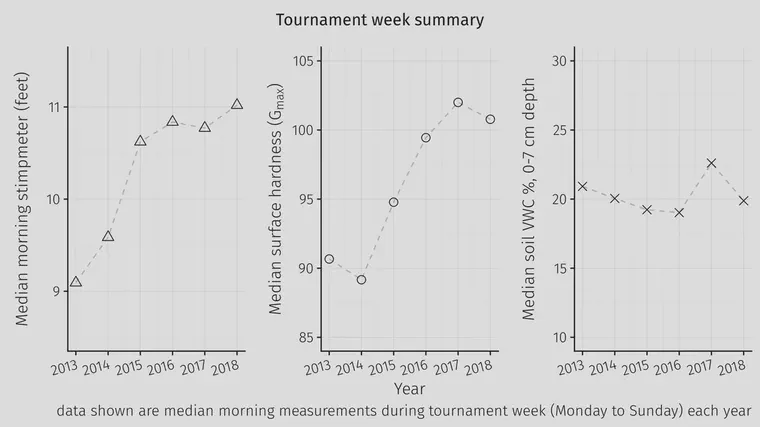
The surface performance data have been used to make adjustments in year-round maintenance practices such as:
- mowing height and frequency
- mower setup and brushing
- rolling
- growth regulator applications
- nutrient supply
- core aerification
- solid tine aerification
- sand topdressing
- irrigation
In particular, the reduction in all types of aerification has led to a steady increase in surface hardness (more details about that here). Without the measurements of surface hardness, and noticing that topdressing and aerification was making the greens softer, rather than firmer, these surface hardness levels wouldn’t have been achieved so easily.
I recommend to all golf clubs, if they are interested in improved playability and achieving the desired conditions in the most efficient way possible, to collect performance data on a regular basis and then make decisions that move the conditions (and the efficiency) in the desired direction. For tournaments I like measurements every day. For everyday play, I prefer measurements once a week.
Weekly measurements provide 52 data points a year for a course with a year-round season; I’m comfortable using statistical models to predict the conditions based on weekly performance data combined with some growth and weather data. That frees up a lot of time to read more magazines.